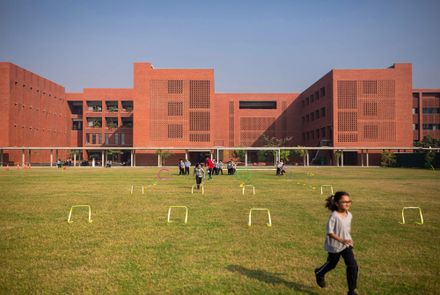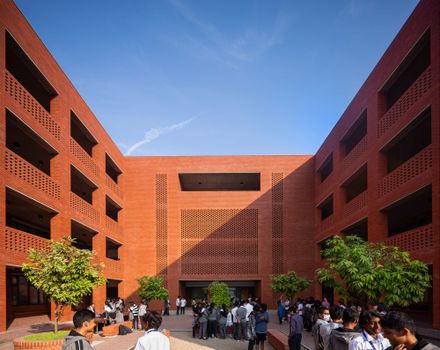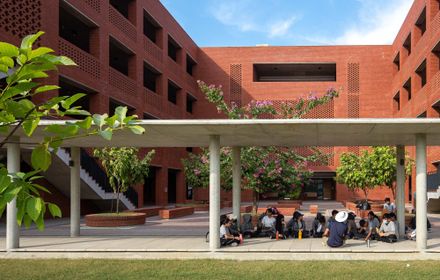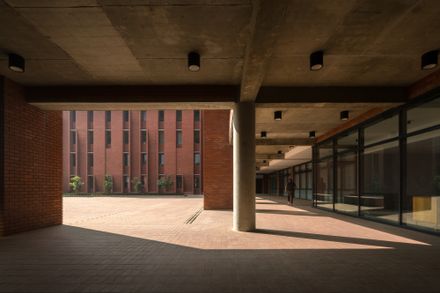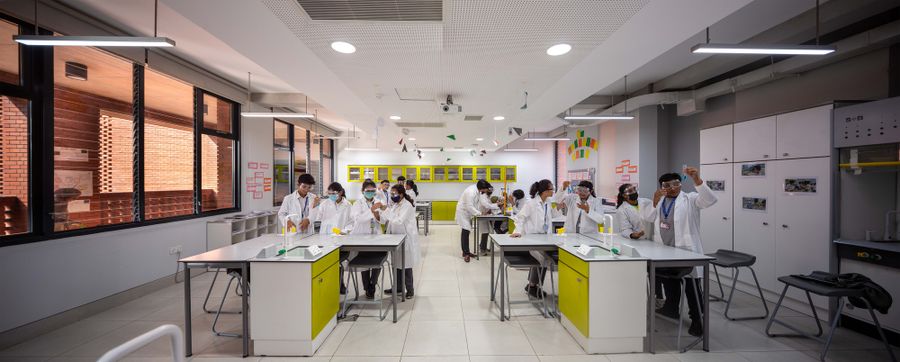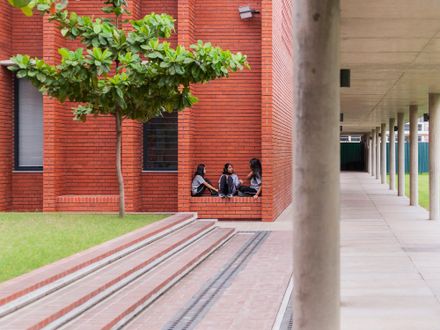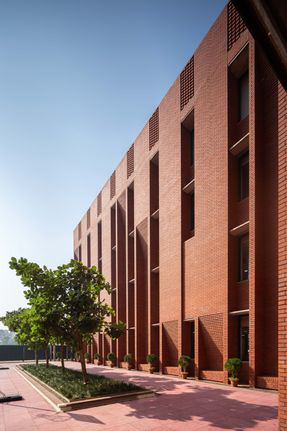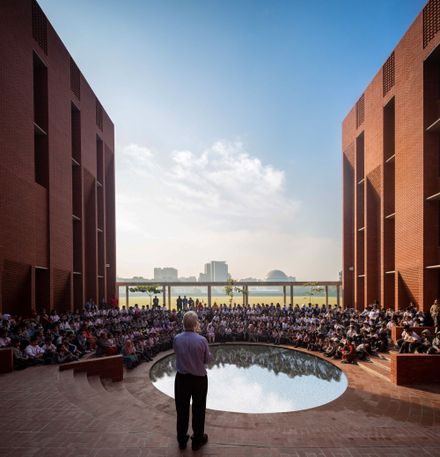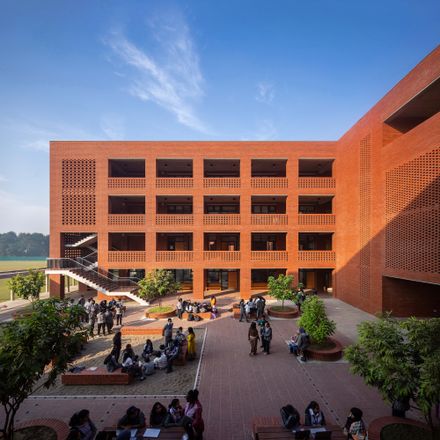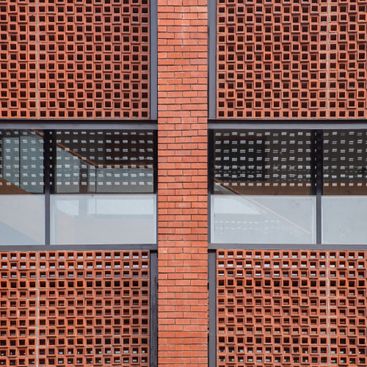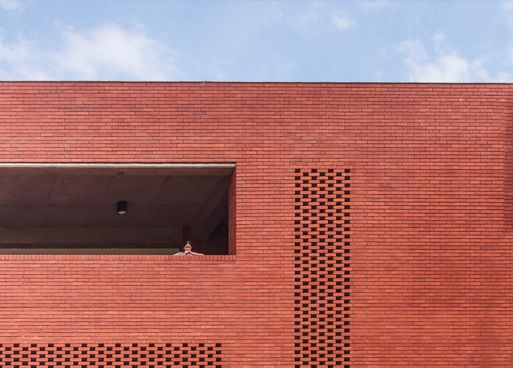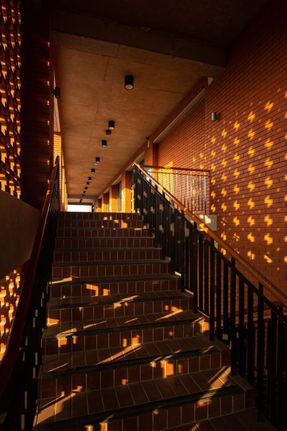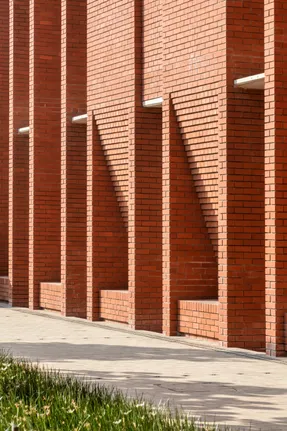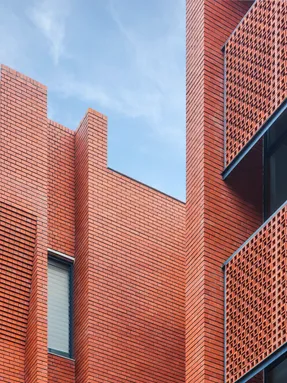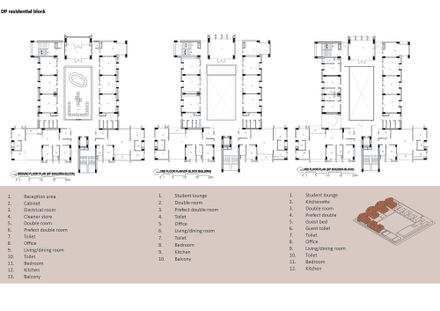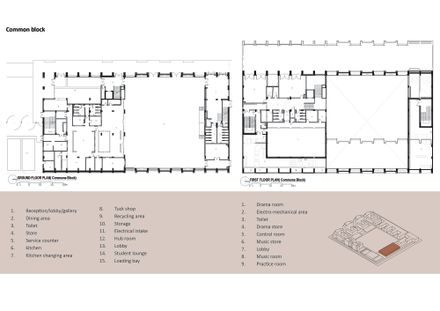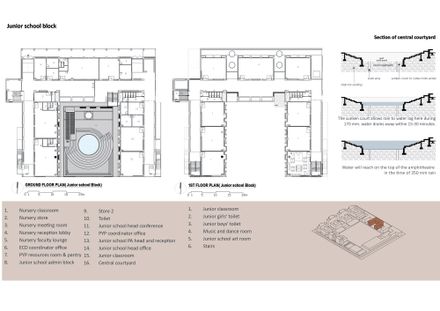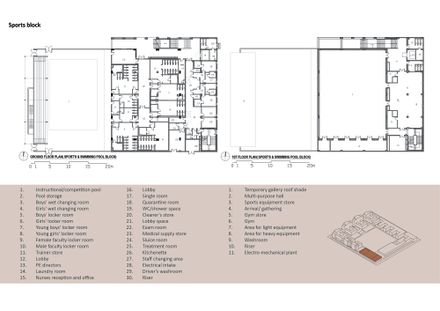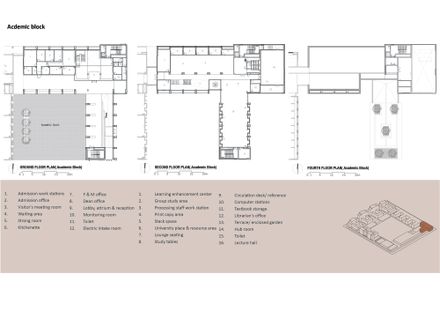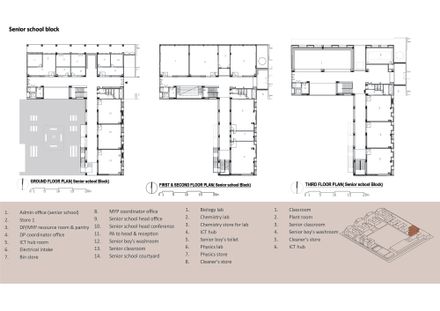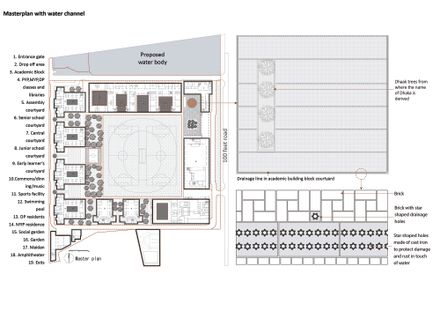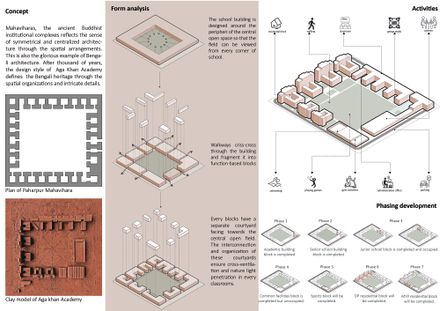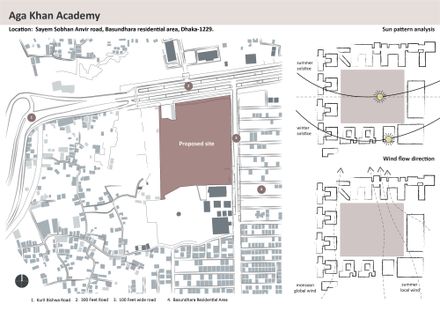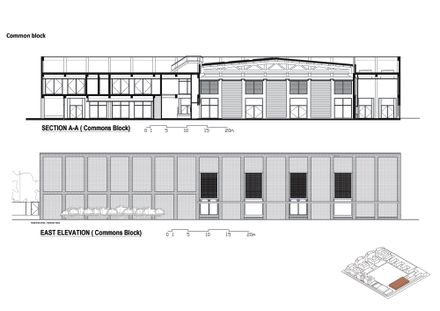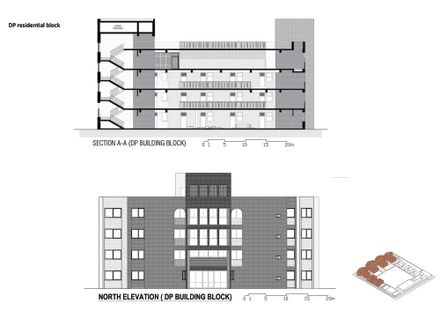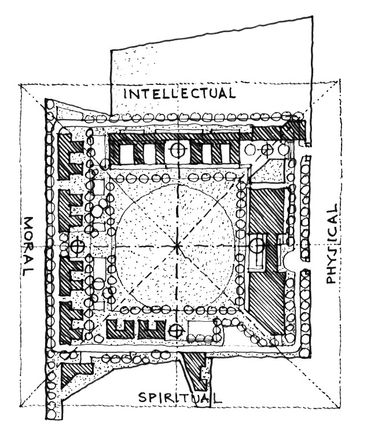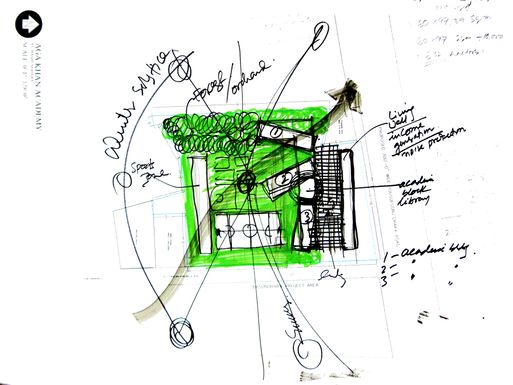
Aga Khan Academy
Aga Khan Academy
Feilden Clegg Bradley Studios + Shatotto
ARCHITECTS
Feilden Clegg Bradley Studios, Shatotto
LEAD ARCHITECTS
Rafiq Azam & Peter Clegg
DESIGN TEAM (SHATOTTO)
Sabrin Zinat Rahman, Kaiser Rabbani, Arafat Sarker, Sonia, Redwan, Fayez, Aliza, Shylin Islam
STRUCTURAL CONSULTANT
Akt- Ii, Tdm
MEP CONSULTANT
Max Fordham & Emcs
DESIGN TEAM (FCB STUDIOS)
Peter Clegg, Ian Taylor, Felix Hobson, Rachel Sayers, Jo Gimenez
LANDSCAPE CONSULTANT
Shatotto & Ghorami.jon
CONTRACTOR
Charuta Private Limited
CONSULTANTS
Shatotto Architecture For Green Living, Feilden Clegg Bradley Studios.
BRICK CONSULTANT
Mahmudul Hasan Nahid, Mehedi Hasan Prince.
RESIDENT ARCHITECT
Edrish Bhuiyan Almas
PHOTOGRAPHS
Asif Salman, Sarker Protick, Shatotto Architecture For Green Living
AREA
40000 M²
YEAR
2022
LOCATION
Dhaka, Bangladesh
CATEGORY
Schools
Text description provided by architect.
The Aga Khan Academy in Dhaka, collaboratively designed by SHATOTTO architecture for green living and Feilden Clegg Bradley Studios (FCBS), is inspired by the region's old Buddhist Mahaviharas, incorporating their historic architecture and architectural philosophy.
Set upon a 74,150 sqm land area, situated next to a busy road in Dhaka, the design focuses on creating a green lung within the dense city fabric. The intricate brick composition of the Aga Khan Academy aligns with the climatic effects of the tropical region, allowing summer winds and winter sun to enter.
The Maidan is a genius loci at the academy's center. It is one of the key elements derived from the Buddhist Mahaviharas, reflecting the importance that even the ancient Buddhists placed on maintaining a calm and spiritual environment for their students.
The peripheral courtyards act as a threshold between the large Maidan and the indoor spaces. The interiors are designed to facilitate a naturally lit and comfortable learning environment for both students and faculty.
The sensitive design of these courtyards allows for age-specific programs. For example, the senior courtyard is designed to sit under planted trees, which inspires group activities that are carried out smoothly.
As the legend suggests, Dhaka derived its name from these "Dhaak trees. Instead, the assembly court, adjacent to the academic block, is consciously kept devoid of any elements but for the four trees.
This encourages a didactic approach to learning. The central court is designed to accommodate a larger gathering. An amphitheater surrounds a sand pit that holds water for a certain period during a heavy shower, allowing the children to celebrate nature.


